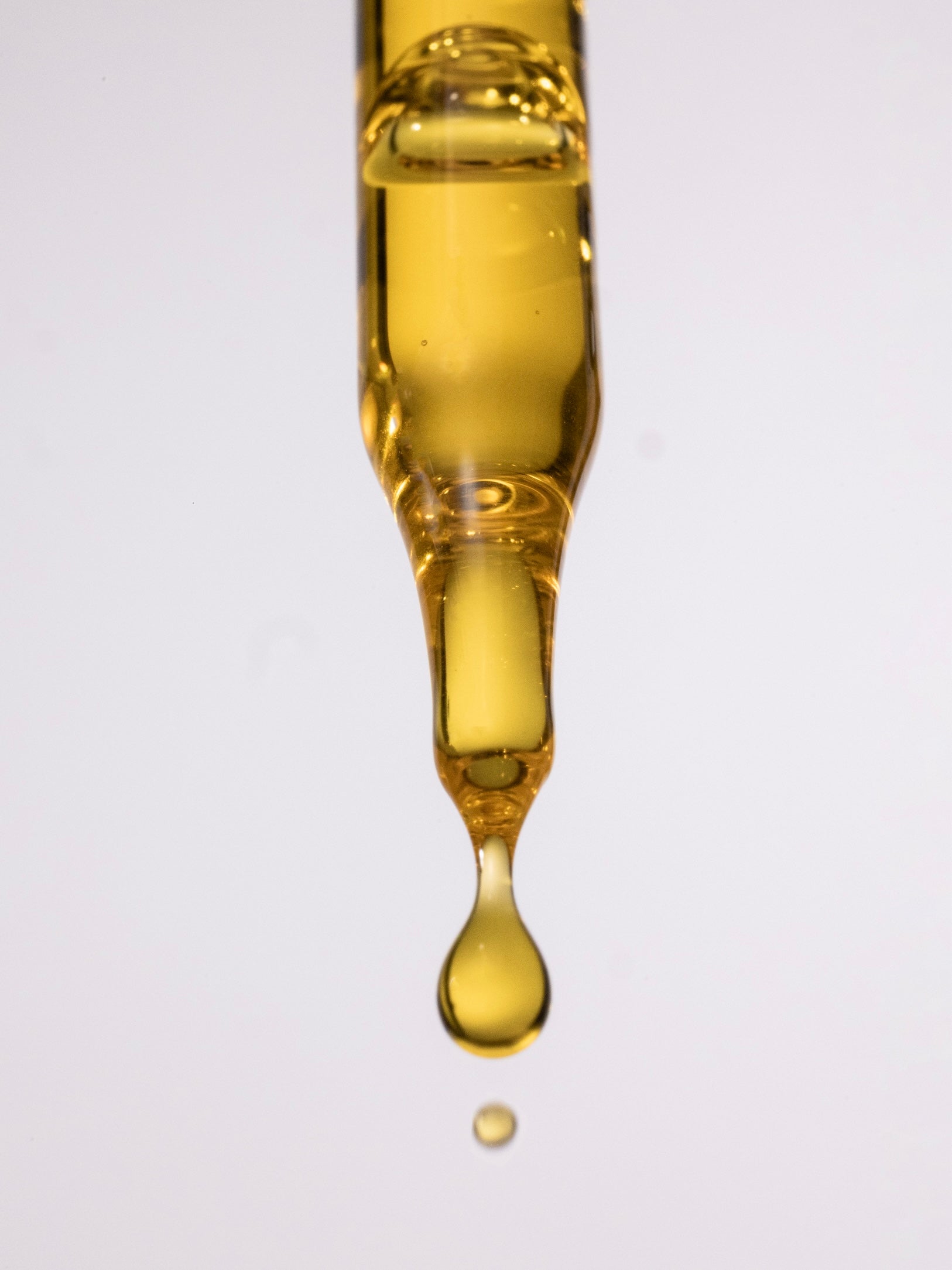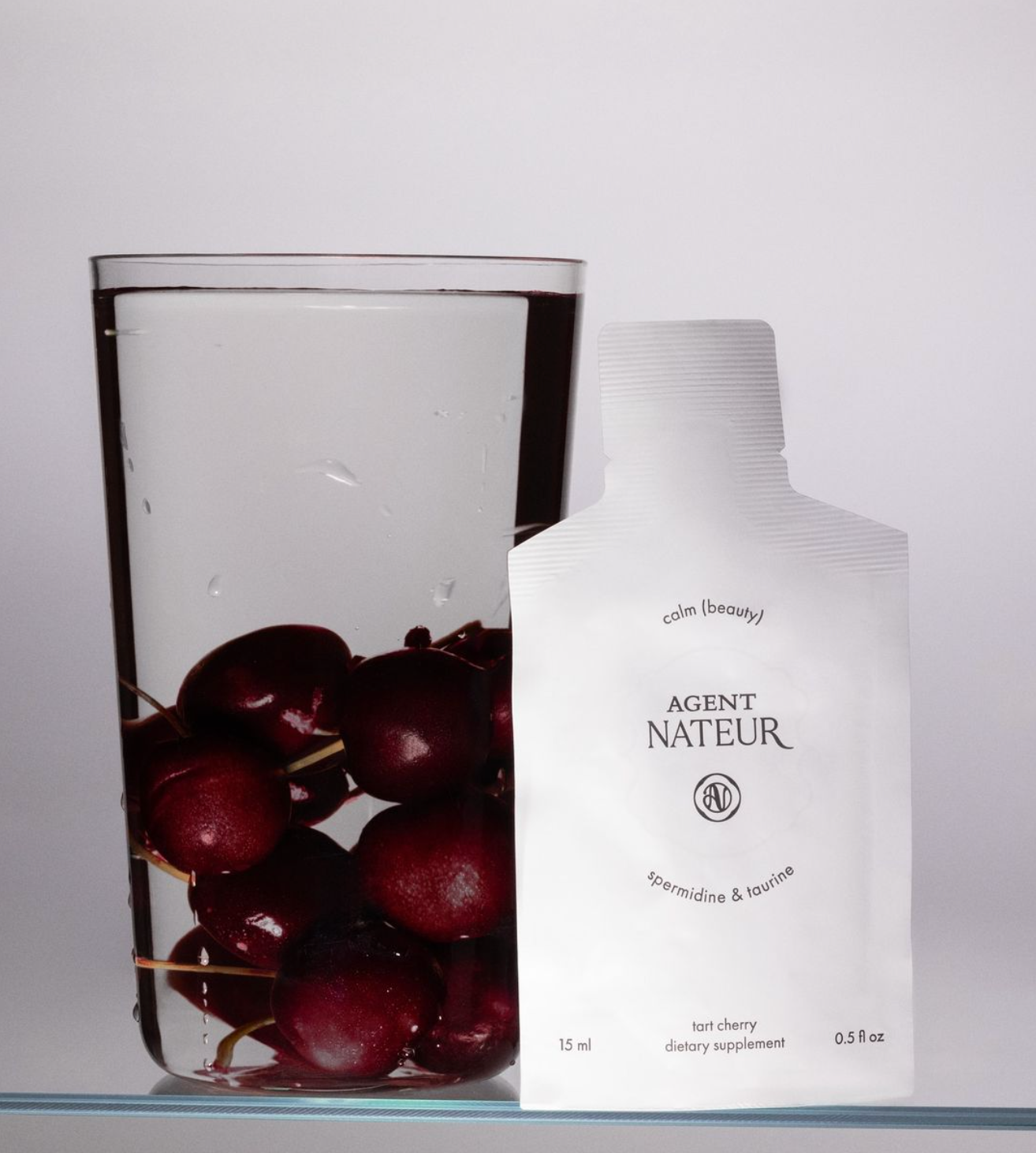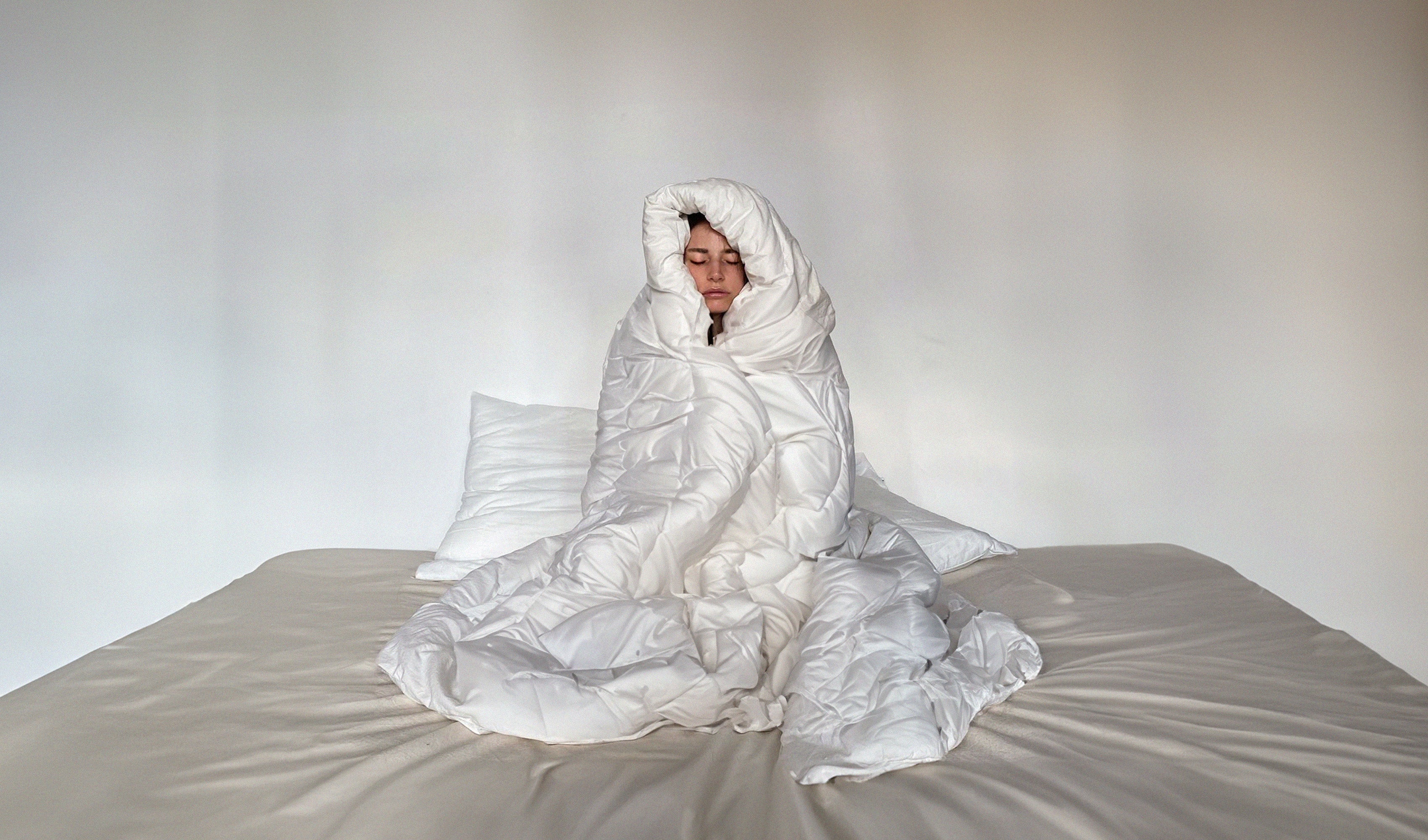Hand Sanitizer Ingredients To Watch

We think we’re reducing our risk of getting sick when we use hand sanitizers, but they can actually weaken the immune system. Studies have shown that ultra-clean environments, particularly early in life, can contribute to reduced immune defenses later on.
The FDA states that there is no evidence that antibacterial soaps (and sanitizers) are any more effective than regular soap and warm water in helping to prevent the spread of germs. A 2000 study found that sanitizers do not significantly reduce the amount of bacteria on the hands, and may actually even increase it. Researchers added that the products strip the skin of its natural oils—and since those oils usually prevent bacteria from coming to the surface, the sanitizer can actually reduce the skin’s own defenses.
- Ethyl alcohol is a chemical compound called ethanol derived mostly from the fermentation process of yeast, sugar and starches. About 90% of ethyl alcohol is converted in the body as carbon dioxide. It may affect the central nervous system, may inhibit activities in the brain and impair coordination.
- Isopropyl alcohol (rubbing alcohol) is an antiseptic that has similar function and structure of ethanol but derived from crude oil. Isopropyl (aka Isopropanol) is converted into acetone in the liver.
- Triclosan/Triclocarban is a synthetic chemical introduced in 1972 with antimicrobial properties which destroy or inhibit the growth of microorganisms, bacteria and fungi. Triclosan is also lipophilic, which means it can bioaccumulate in your fat and release formaldehyde. It may be detectable in human breast milk, blood, and urine. It may be linked to abnormal endocrine system, abnormal thyroid hormone signaling, weakening of immune system, developmental and reproductive abnormalities.
- Personally, I wear synthetic fragrance. I attended school in France and I know that it is very hard to create a natural perfume that lasts. Just because something is synthetic does not mean it is toxic. I trust fragrances that are made in Europe and Japan because they have safety regulations unlike the US. The problem is that the fragrances made in the USA don't go through any sort of safety testing. The ingredients in synthetic fragrance may be linked to birth defects, central nervous system damage, endocrine disrupters, allergic reactions and much more. Most forms of fragrance are also environmental toxins, allergens, carcinogens, neurotoxic chemicals and may irritate the respiratory, endocrine and reproductive system. There are many hidden chemicals in this ingredient as US companies are not required to list the ingredients that make up the scent according to the Environmental Working Group.
- PEG-12 is a silicone-based polymer used as an absorption enhancer which allows both good and bad ingredients to be absorbed faster into deeper parts of skin. According to the Cosmetic Ingredient Review, PEGs may be contaminated with heavy metals including arsenic, cadmium, lead, nickel, cobalt and iron. PEG-12 may be linked to breast, brain, bladder, stomach and pancreatic cancers according to the International Journal of Toxicology.
- Caprylyl Glycol is an alcohol derived from caprylic acid, a fatty acid found in the milk of some mammals (Natural versions are derived from palm and coconut oils). It is used as a skin conditioning agent with antimicrobial properties however according to Environmental Protection Agency, excessive contact with glycols may play a role in brain, liver and kidney abnormalities.
- Isopropyl Myristate is a synthetic oil composed of Isopropyl alcohol used as a thickening agent or lubricant. It is linked to acne inflammation, skin irritation and clogged pores.
- Tocopheryl Acetate is Vitamin E mixed with Acetic acid as a preservative most often derived from soy and used in skin products. Studies have found that it may encourage the carcinogenic effects of the sun’s UV rays.
- Parabens are a series of esters of parahydroxybenzoic acid used as preservatives to extend shelf life. Not all parabens are dangerous and it is going to become illegal to use the term "Paraben Free" on packaging in the EU. The parabens that have been around the longest for 30 plus years with the smallest molecular structure is not carcinogenic and the public has been mislead. Parabens with a long molecular structure were banned in the EU a long time ago. Again, the issue is that the US doesn't test a Parabens safety so products made in the US should be avoided. In Europe it safe to use: methylparaben, ethylparaben and propylparaben. The following parabens have been in Europe but are still used in the US. In fact, if you find any of the following parabens listed as an ingredient in a brand's product in EU you can sue the brand because they are banned. They are: butylparaben, isobutylparaben, and isopropylparaben. Studies are now showing parabens can mimic the activity of the hormone estrogen in the body's cells by binding to estrogen receptors and have been found present in breast tumors. They are also found to be toxic to the reproductive, endocrine and digestive system.
- Plastic containers and packaging
- Tupperware
- Water bottles
- Canned foods
- Toiletries
- Feminine hygiene products
- Thermal printer receipts
- CDs & DVDs
- Electronics
- Sports equipment
- Dental filling sealants
- Soda & Beer cans
- Plastic Bags
- Fast Food packaging
- Food packaging
- Baby bottles and toys (especially pre 2011).
- Industrial usage
- heart disease (Epidemiology and Public Health Group 2008)
- infertility & miscarriages (Department of Obstetrics and Gynecology, Nagoya City University Medical School 2005)
- hormone disruption
- endocrine disruption (Hotchkiss Brain Institute 2013)
- type 2 diabetes
- prostate health
- neurological problems
- fetal development disruption (Kaiser Foundation Research Institute 2011)
- PCOS (Huddersfield Royal Infirmary Hospital 2011)
- central nervous system disruption
- impotence & low sperm count
- Avoid alcohol based hand sanitizers and purchase ones made with thyme, fennel, rosemary, tea tree, grapefruit and pine essential oils and extracts.
- Avoid thermal printed receipts, opt for emailed instead.
- Avoid plastics by replacing with glass containers and bottles.
- Use reusable shopping bags.
- Avoid anti bacterial soaps unless necessary
- Thoroughly wash and dry hands with soap and water as a form of sanitizing.
- Sanitize surfaces with natural plant based disinfectants.
- Avoid other products with ingredients listed above by reading labels.
- Avoid recycled plastic numbers 7,3 & 6 as they contain highest BPA. Use recycled plastic numbers 1, 2, 4 and 5 as they are BPA free.
- Avoid constantly focusing on germs, bacteria and the notion of contraction.
- Have natural wipes on hand to sanitize shopping carts.
- Do not handle food or eat after using hand sanitizers and BPA products.
- Buy BPA free products when possible.
- Hand sanitizers should only be used in places such as hospitals to avoid the spread of C-Difficile and other virus and bacteria.
***THESE STATEMENTS HAVE NOT BEEN APPROVED OR REGULATED BY THE FDA. WE ARE NOT DOCTORS, THEREFORE ALWAYS CONSULT WITH YOUR DOCTOR FIRST.





